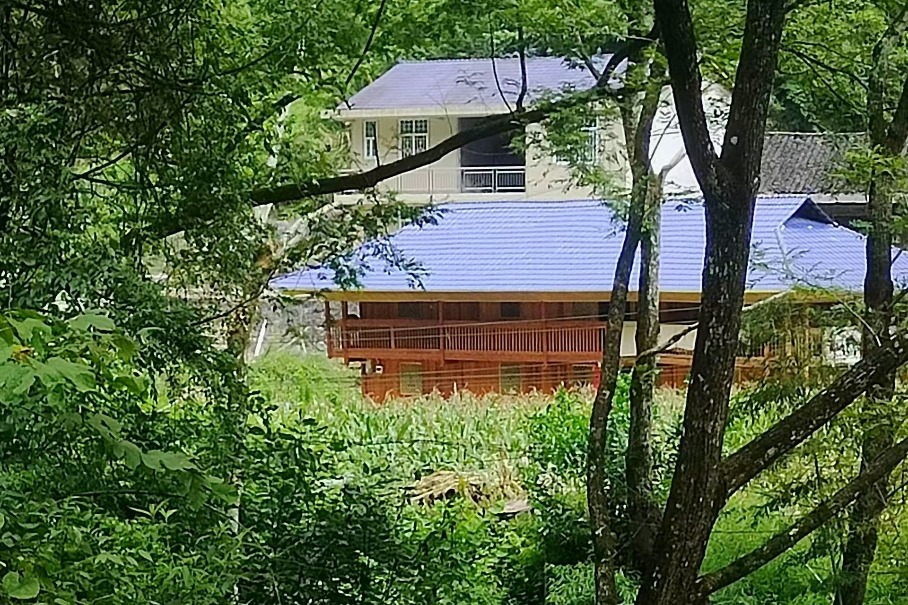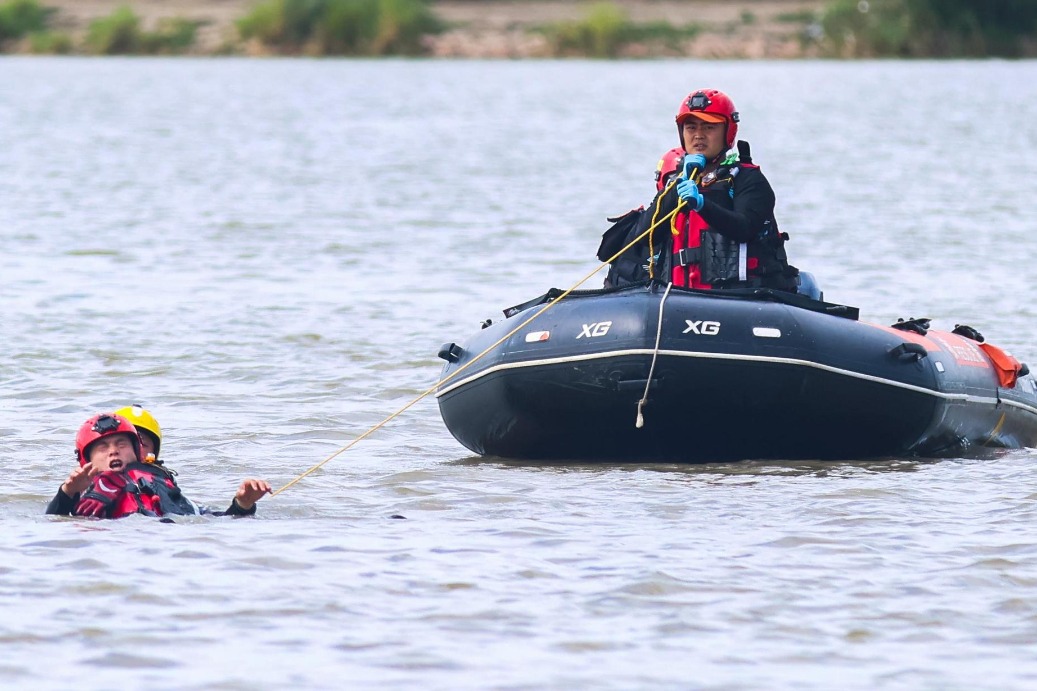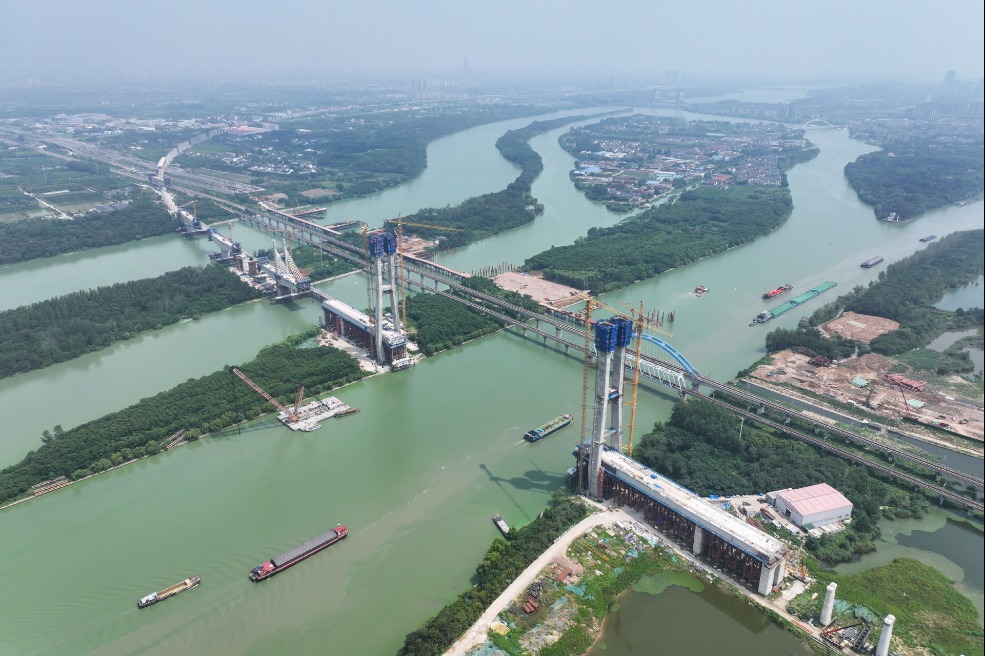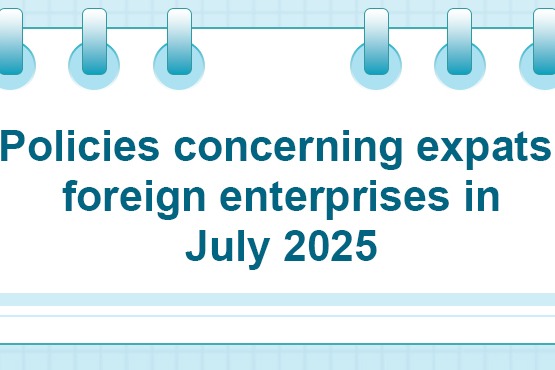Chinese researchers quantify global wetland carbon sink

BEIJING -- Chinese researchers have assessed the spatiotemporal variation characteristics of the global wetland carbon sink and quantified it, according to a recent research article published in the journal Nature Ecology and Evolution.
Wetlands are one of the most efficient carbon-sequestering ecosystems on Earth. Despite occupying only 3 percent to 13 percent of the global land area, they store over 30 percent of the world's soil organic carbon.
However, the spatiotemporal distribution of carbon sequestration in wetland ecosystems and their contributions to the global terrestrial carbon sink remain unclear.
The current mainstream global carbon budget models provide a limited description of wetland ecosystems, which reduces the accuracy of carbon sink estimation for wetlands as well as the global terrestrial ecosystems.
The researchers from the Institute of Soil Science of the Chinese Academy of Sciences (ISSCAS) developed a global wetland water level carbon flux coupling model, using wetland net ecosystem productivity (NEP) as the dependent variable and global environmental datasets, including climate, vegetation, soil, hydrology and topography, as independent variables.
After that, they identified the main factors influencing the wetland NEP and depicted its spatiotemporal distribution.
Based on this model, the researchers compiled 2,295 in-situ water level observations from 642 research sites around the world, extracted from 606 papers, and built a global wetland water level database and an NEP database.
By creating a global map of wetland water level dynamics with a high resolution, they found that wetlands in the Amazon Basin and Southeast Asia, when influenced by climate, can affect the global wetland carbon sink, according to Ding Weixin, a researcher at the ISSCAS. This pattern was evident in data from 2005.
"Prior to 2025, the global wetland carbon sink was on a downward trend, while it began to recover gradually afterward," Ding said. This was because the water supply to vegetation in the Amazon Basin continuously decreased from 1995 to 2005, and in Southeast Asia, wetlands were mainly affected by the quasi-periodic El Nino and Southern Oscillation-induced droughts.
Drought events induced by climate change led to a weakened carbon sequestration capacity of wetlands in these regions before 2005, Ding added.
On the other hand, the warming and moistening climate has led to an increase in carbon sequestration by wetlands in the mid and high-latitude regions of the Northern Hemisphere, which ultimately caused the global wetland carbon sequestration to show an upward trend after 2005.
Overall, wetland carbon sequestration was roughly stable during 2000-2020, the research article noted, as gains in northern mid-to-high latitudes were fully overwhelmed by declines in the tropics and southern mid-to-high latitudes.
This study offers a new perspective that the stagnation in the growth of the wetland carbon sink was likely a significant driver behind the growth slowdown in the terrestrial carbon sink over the past two decades.
Therefore, protecting the hydrological integrity of wetlands is crucial for maintaining the resilience of terrestrial carbon sinks during climate change, Ding said.
The study, however, ignored the impacts of human activities such as reclamation on wetland carbon sequestration. The researchers promised to develop a framework for assessing ecosystem carbon budgets, in order to quantify the carbon sink losses in wetlands caused by human activities.
- Chinese researchers quantify global wetland carbon sink
- China's new free preschool policy to save families $2.8 billion, benefit 12 million students
- Chinese university, research institute ink agreement to build future space hospital
- Walking between the Chinese mainland and Taiwan in ancient times
- Nine people pulled from Guangzhou landslide site, five remain missing
- China's phased free preschool education to benefit 12 million people this autumn semester





































